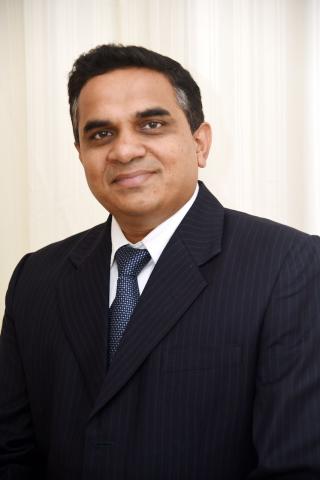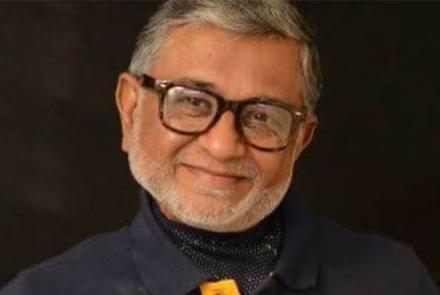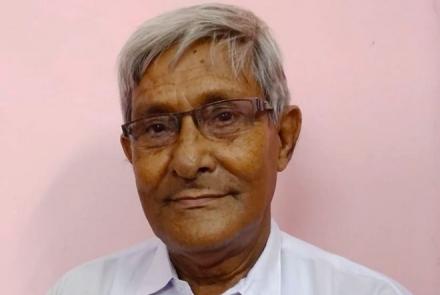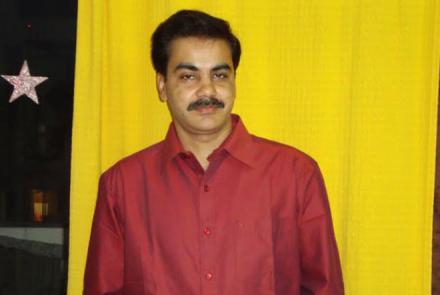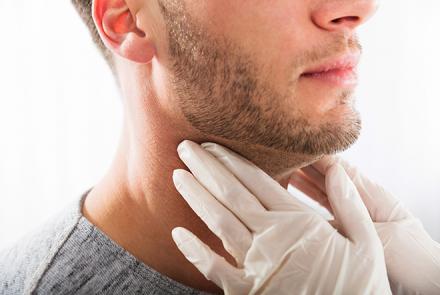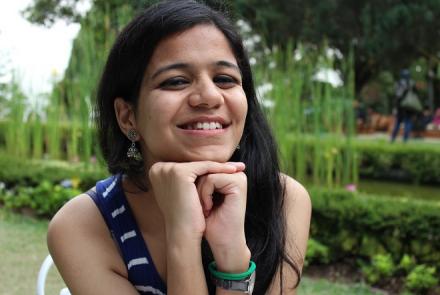
There is almost 10 times higher risk of developing head and neck cancers in persons consuming both alcohol and tobacco, warns Dr Shaikh Muzammil, consultant medical oncologist, Hinduja Healthcare Surgical, and advises cutting down on risks to stay protected.
Head and neck cancers account for more than 5.5 lakh of the total cancer cases reported in India every year, putting India in the sixth place worldwide. What are main types of head and neck cancers?
The most common type of head and neck cancers in India are –
- Oral cavity (Buccal mucosa)
- Tongue cancer
Except in State of Assam where Hypopharyngeal cancer accounts for 35% of total cancer burden.
In women, it is mouth Cancer.
What are the symptoms of head and neck cancers?
Head and Neck cancers commonly present as -
- Non healing ulcer in the mouth or tongue
- As a lump in oral cavity or tongue
- Hoarseness of voice
- Non resolving glands in the neck
What are the biggest risks for head and neck cancers?
Risk factors for Head and Neck cancers can be linked to certain genetic predispositions and exposure to carcinogens (cancer causing agents)
- Tobacco smoking in all forms of cigarretes, bidis, cigars, pipes and reverse smoking are main causative agents
- Smokeless tobacco – Use of betel quid (Paan), Zarda, Mawa, Gutka and Khainni is very prevelant in many parts of India and is a major reason for cancer. All the above can cause precancerous condition of mouth called submucosal fibrosis.
- Alcohol consumption alone or in combination with smoking is linked to increase cancer of head and neck region.
- Human papilloma virus (HPV) - Lot of evidence in recent times especially in Non-smokers is emerging for direct association of HPV infection and cancer of oropharynx and oral cavity.
Which type of head and neck cancer has the strongest association with tobacco?
Carcinoma of Pharynx and oral cavity is commonly associated with tobacco use.
How much is the risk of head and neck cancers increased by the combined effect of tobacco and alcohol?
There is almost 10 times higher risk of developing head and neck cancers in persons consuming both alcohol and tobacco.
To what extent are urban youth in India affected by head and neck cancers?
There has been a significant increased incidence of head and neck cancers in youth due to use of smokeless tobacco more in males than females as per the American database. However, except for increased incidence of carcinoma of tongue in both urban and rural females there was no significant increase in cancer of oral cavity in youth.
What are the latest procedures available to Indians for head and neck cancers?
In metro cities and regional cancer centres across India, there is availability of quality cancer care for head and neck cancers.There are skilled surgeons who can perform complex surgical procedure, there is availability of radiotherapy machines and also qualified medical oncologist for cancer chemotherapy. However, there is a need for upgrading many smaller centres to optimise cancer care and make it available for one and all.
How has the quality of life of survivors improved as compared to traditional treatment methods?
The quality of life has improved significantly with advancement in cancer care.The surgeries have become more refined leading to good functional outcome and cosmesis. Newer radiation techniques have led to less tissue damage.There has been great improvement in post treatment rehabilitation in the form of good nutritional advice, occupational and speech therapist. All this have led to improvement in quality of life in head and neck survivors.
How is Immunotherapy changing the outlook for patients with head and neck cancer?
Immunotherapy has recently been used in management of head and neck cancers. Currently it is used in advanced cancers with success, some of the responders having long periods of disease control with minimal toxicity. It has impacted the outcome in some patients who till recent past had limited treatment options. However, it is presently very costly. Yet, patients are willing to undergo immunotherapy if cost is not a constraint.
Patients should be aware that immunotherapy has been approved by world cancer authorities in many countries to treat recurrent/metastatic cancers presently as it showed survival advantage in clinical trials.It has less toxicities as compared to chemotherapy but has unique toxicities which should be understood before starting.Presently due to drug patents it is very costly unless the government covers the medical expense but it is an important recent addition to the armamentarium against head and neck cancers.
Do dietary deficiencies pose risk for head and neck cancers?
There is not much convincing evidence that any particular diet pose risk of head and neck cancers but diets rich in animal products, cereals and fats are positively related to laryngeal cancers and those rich in fruits and vegetables inversely related to oral and pharyngeal cancers.
What are the survival rates of head and neck cancer patients?
There are significant variations in survival rates in head and neck cancers depending upon the stage and site of cancer, for example the 5-yr survival rate for Cancer of the Lip is 75% and that for Cancer of the tongue is only 25%. The good news is the survival rates have improved with better treatment availability.
